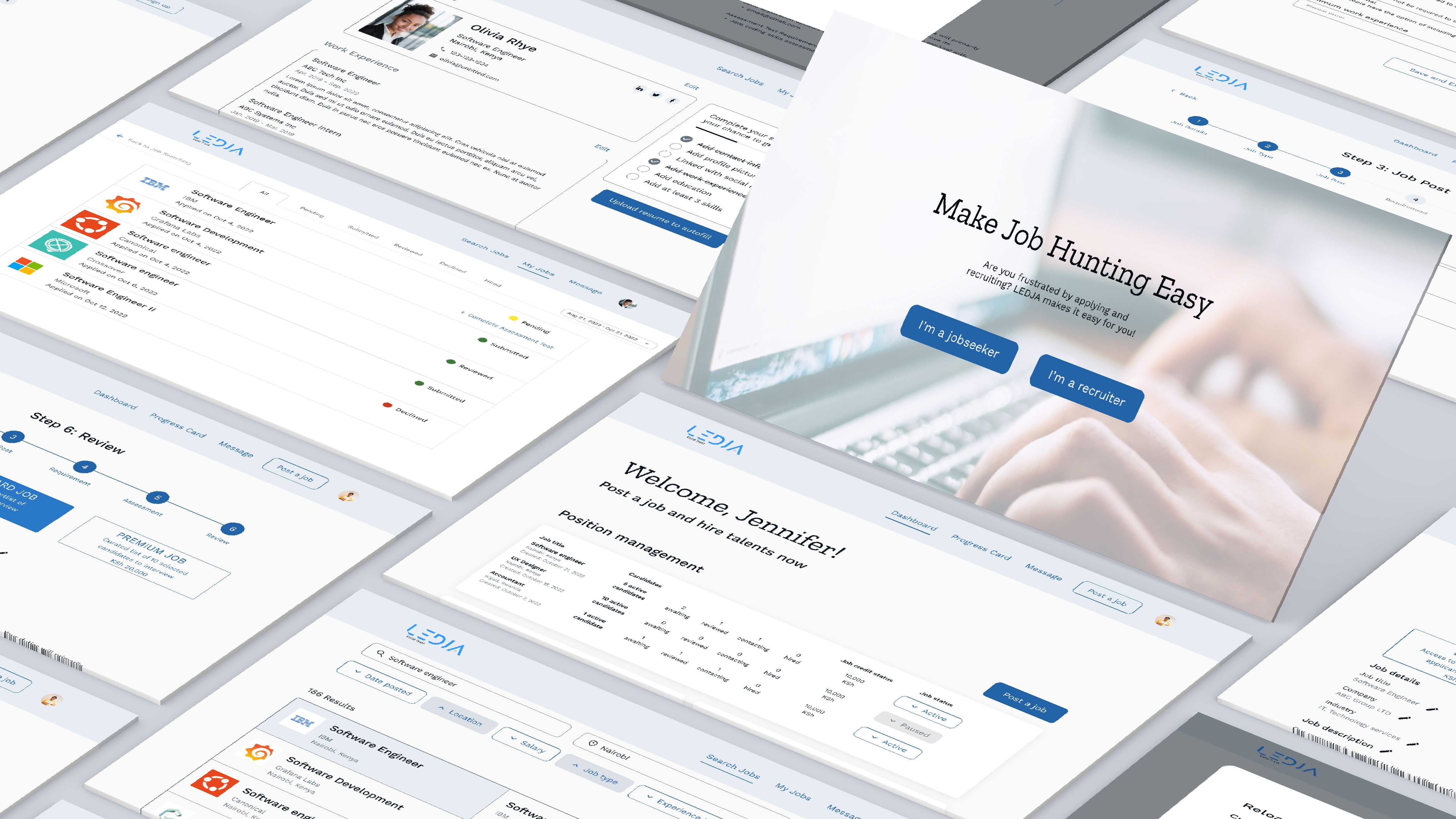
| Client: | Responsibility: | My Role: | Timeline: |
|---|---|---|---|
| LEDJA | Research, UX Design, Usability Testing |
UX Designer | September - December 2022 Launched in 2023 |
Hiring managers from Africa face a challenge to evaluate the qualifications of candidates effectively. They complain about spending unnecessary time and money on candidates who are not the best fit.
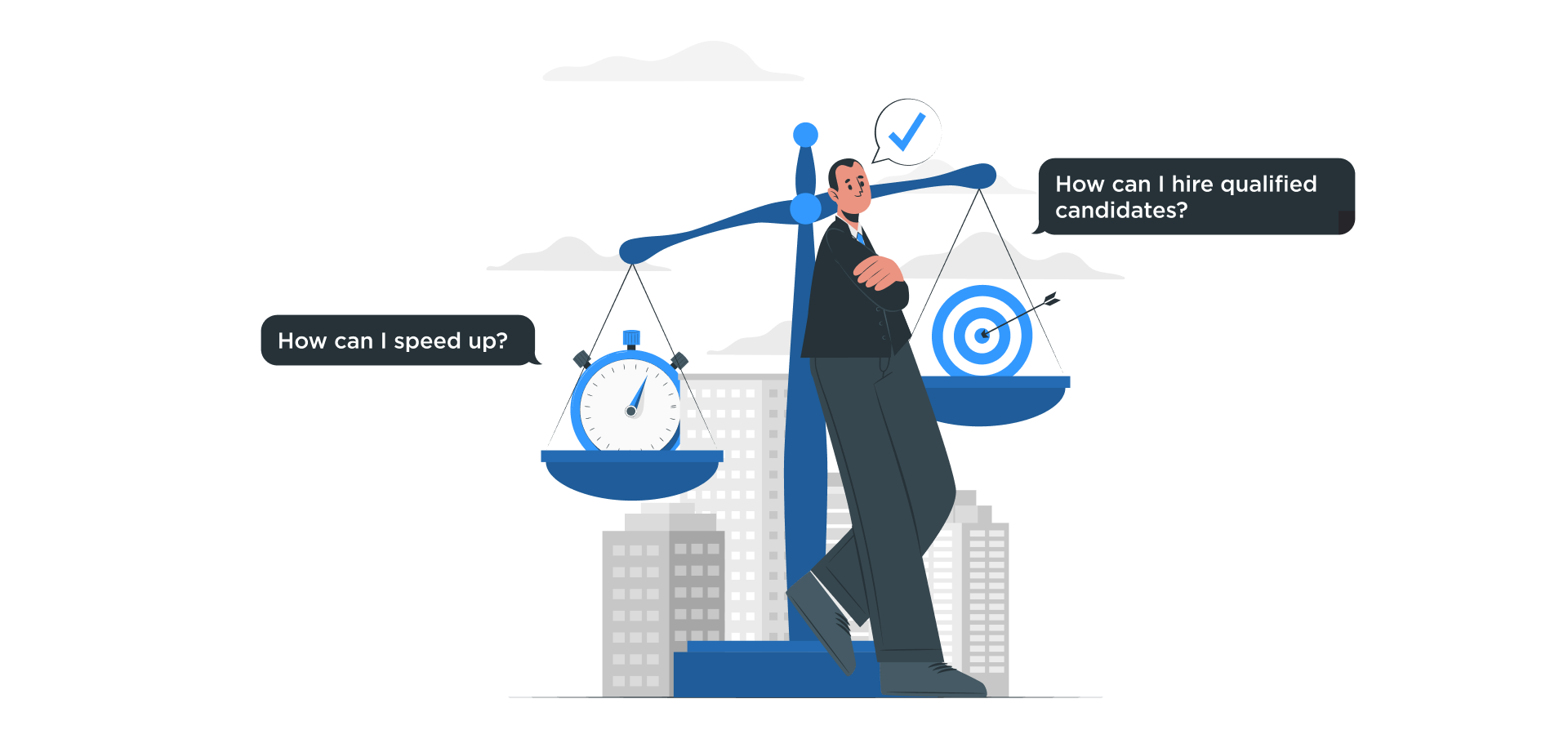
The final solution was tailored to the African hiring market addressing specific demands and requirements of African recruiters.
With LEDJA, recruiters could complete all hiring processes at one stop.

Candidates can send assessment scores with their resume during the application. They could also track assessment status and manage awaiting assessments.

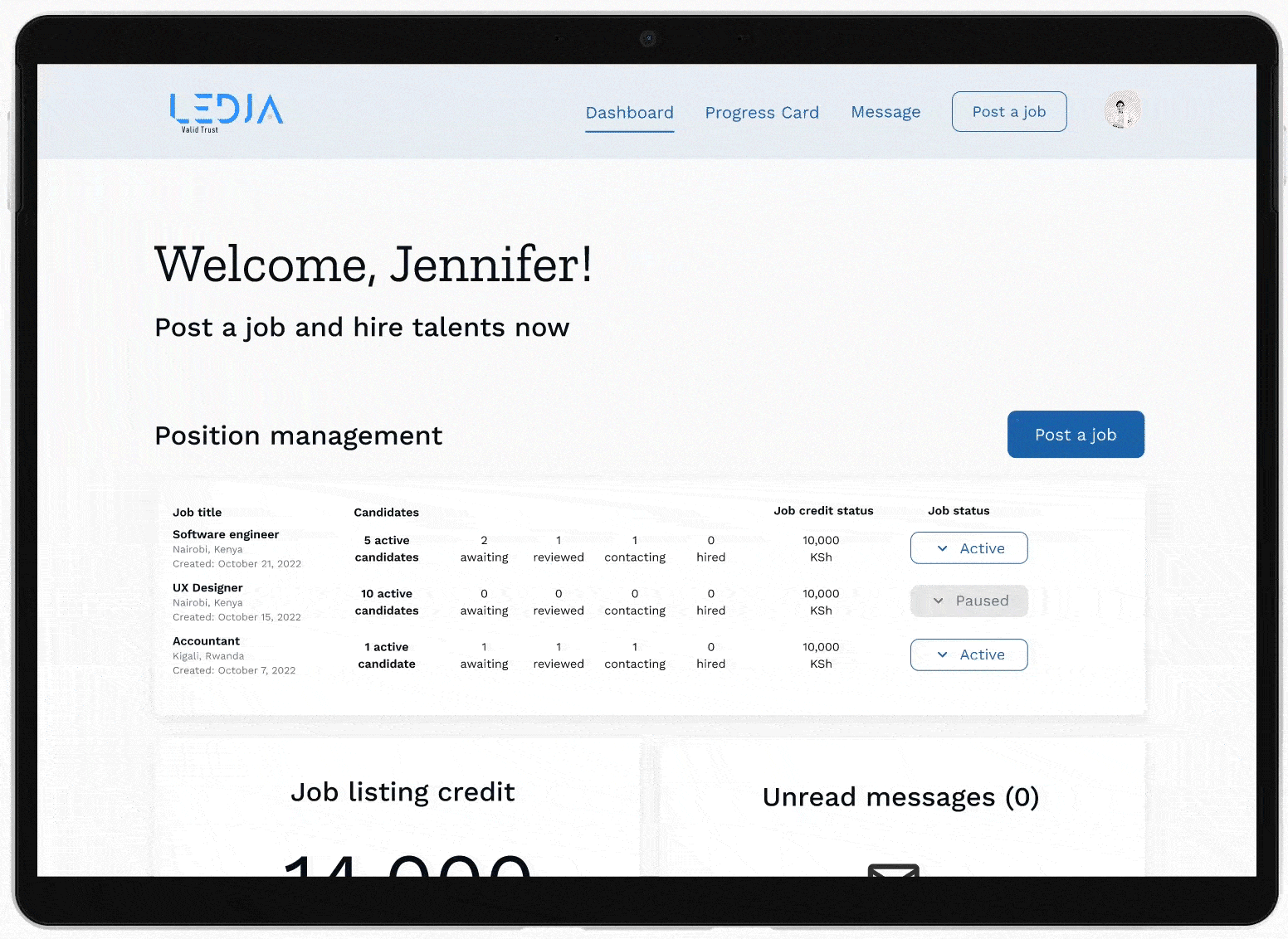
Recruiters could make quick decisions based on the auto-score of candidates' profiles. The progress card allows recruiters to compare candidates in the same position and manage candidates for all openings.
LEDJA is a Kenyan-based startup building verification and authentication solutions with its cutting-edge blockchain technology. Noticing the continuous fraudulence in the African hiring market, LEDJA aims to develop a platform linking verified candidates with positions.

The development of the LEDJA hiring platform contains two stages. Stage 1 focuses on the end-to-end design of the platform, including the skill assessment system. Stage 2 aims to implement LEDJA's blockchain technology to verify candidates' credentials and identities.
Our task focused on stage 1 - designing the platform from 0 to 1.
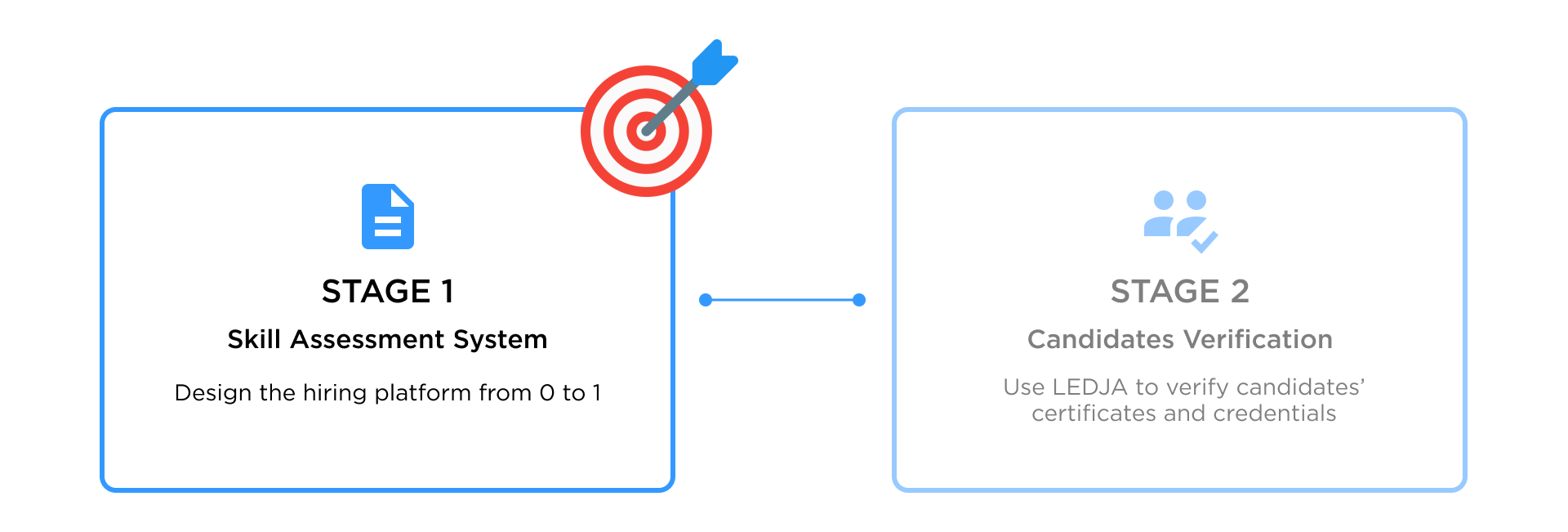
None of our team members had prior working experience in Africa. To put ourselves in users' shoes, we performed desk research, competitor analysis, and semi-structured interview.

The team conducted a competitor analysis for six platforms. We noticed that neither platforms combine skill assessment, credential verification, with African job-hunting, which is an opportunity for LEDJA to fill a gap in the market.

To deeply understand the recruiting process, I chose semi-structured user interviews as the research method. We finished 5 interviews with African recruiters and hiring managers, understanding their daily workflow, difficulties, and expectations.
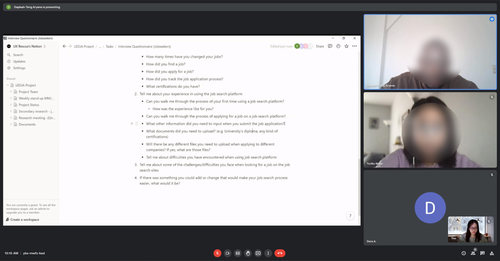
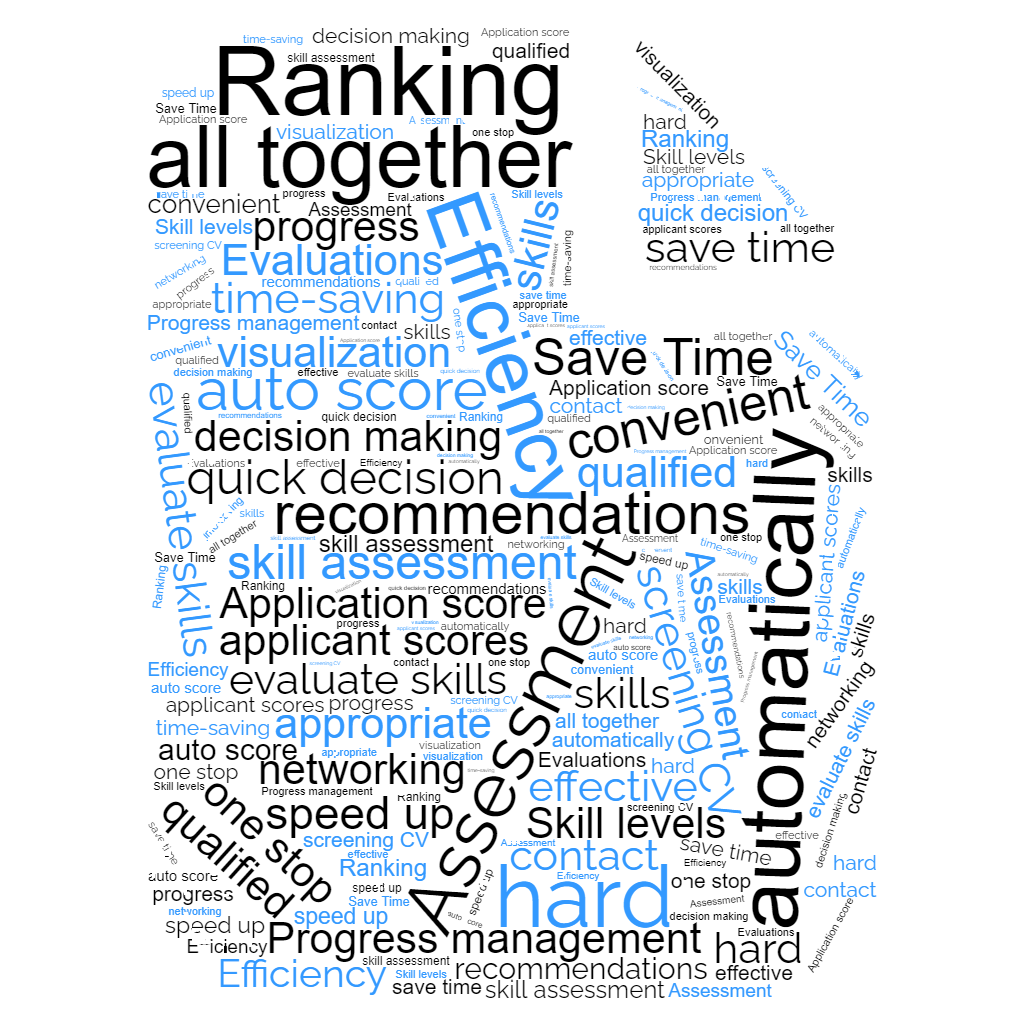

Based on the affinity map, we came up with the character Jennifer Musugu, a busy recruitment specialist.
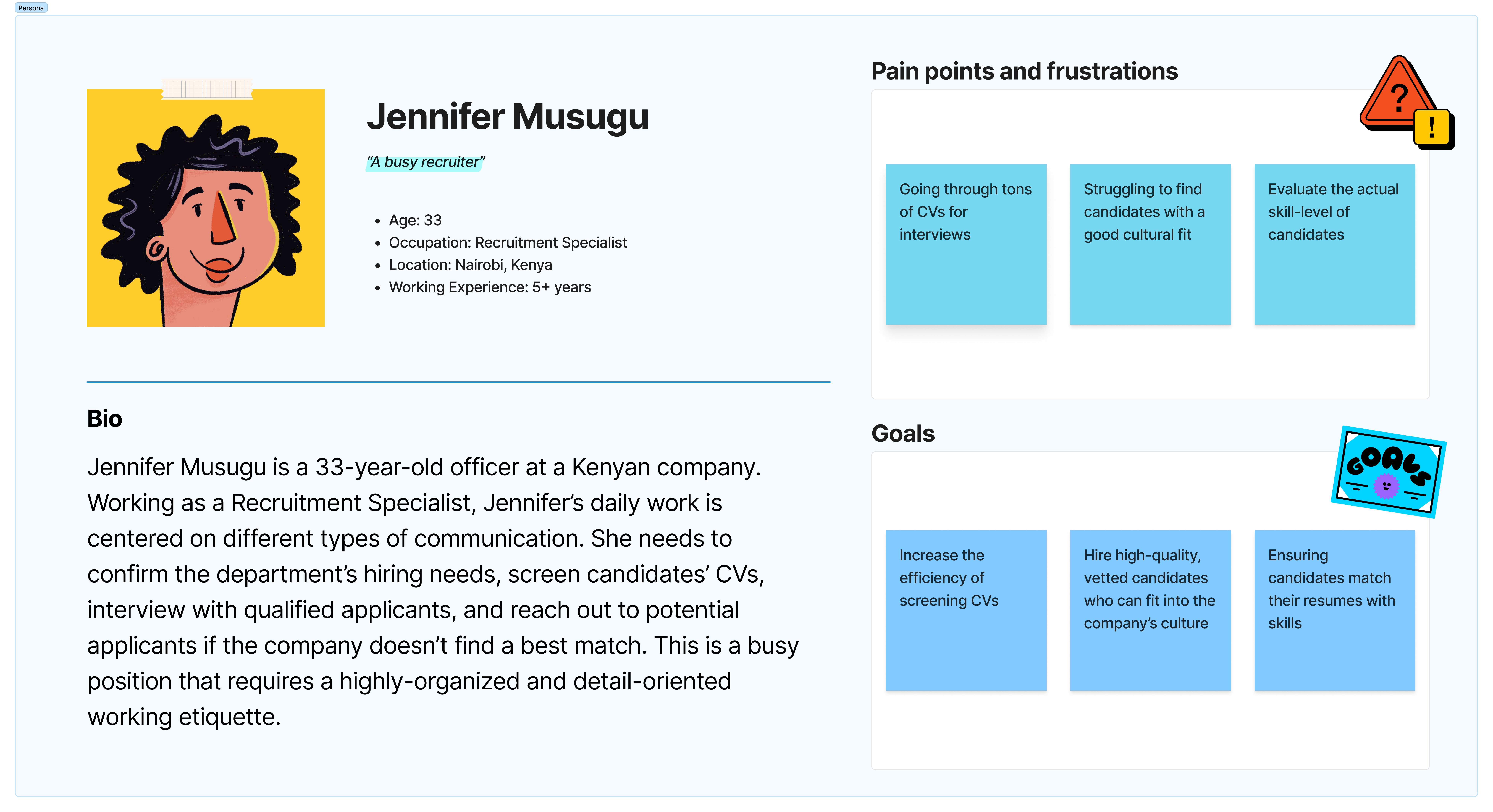
While the desk research and competitor analysis uncover product opportunities, the user interview presents three main demands waiting to be addressed urgently. Our design will target the first two design requirements, as the pricing is a business decision determined by LEDJA.


I collaborated with another UX Designer to create the user flow. As it served as the basis of wireframing and prototyping, we wanted to make it comprehensive to avoid missing key frames when designing.

Following the user flow, I started to create the wireframes for both the recruiter-end and the applicant-end. The wireframes displayed the layouts and functions of the product.
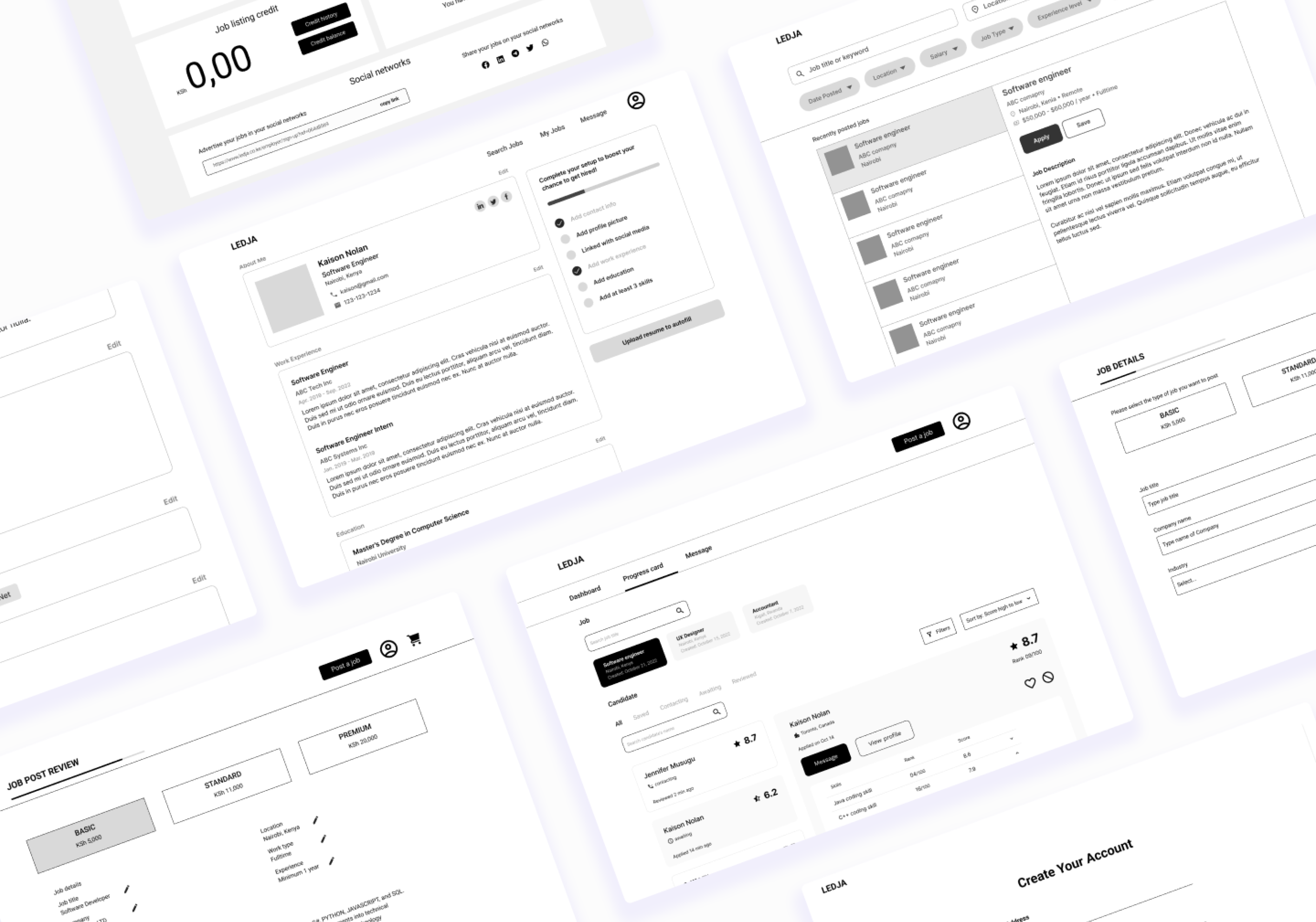
To gather user feedback on the product, we organized 4 user testing sessions - 2 with recruiters and 2 with jobseekers. The goal was to ensure the user flow and product features make sense to users.

During the process, we requested users to "think out loud" which allows us to understand their thougs and calculate related performance metrics, such as the task success rate, completion time, and errors. After finishing the task, the team had a semi-structured interviews with participants to understand satisfaction rates, feedback, and concerns.
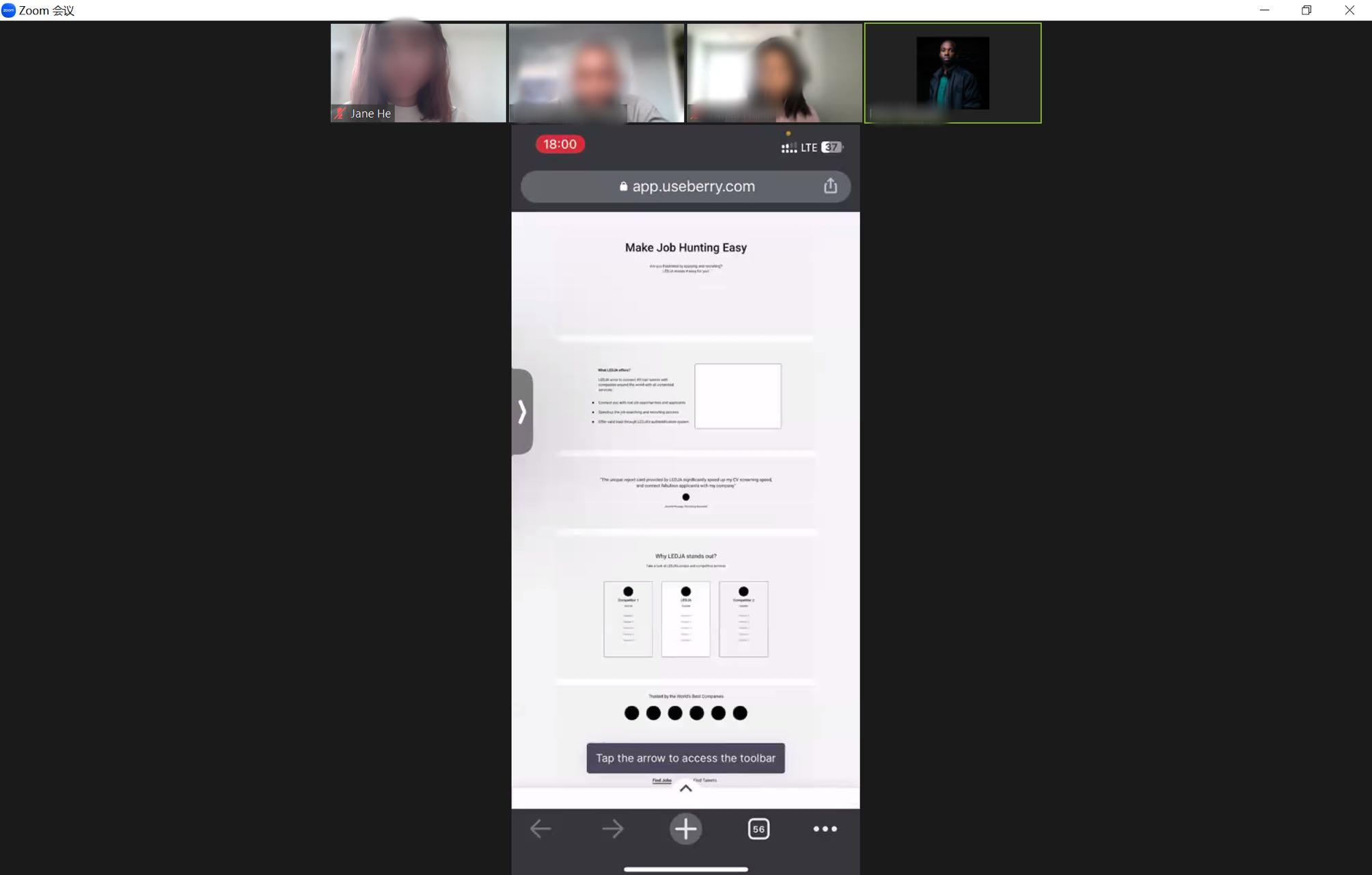

After all user testing sessions, we categorized our notes to identify existing problems. Then, we proposed solutions for each and gain the final design.


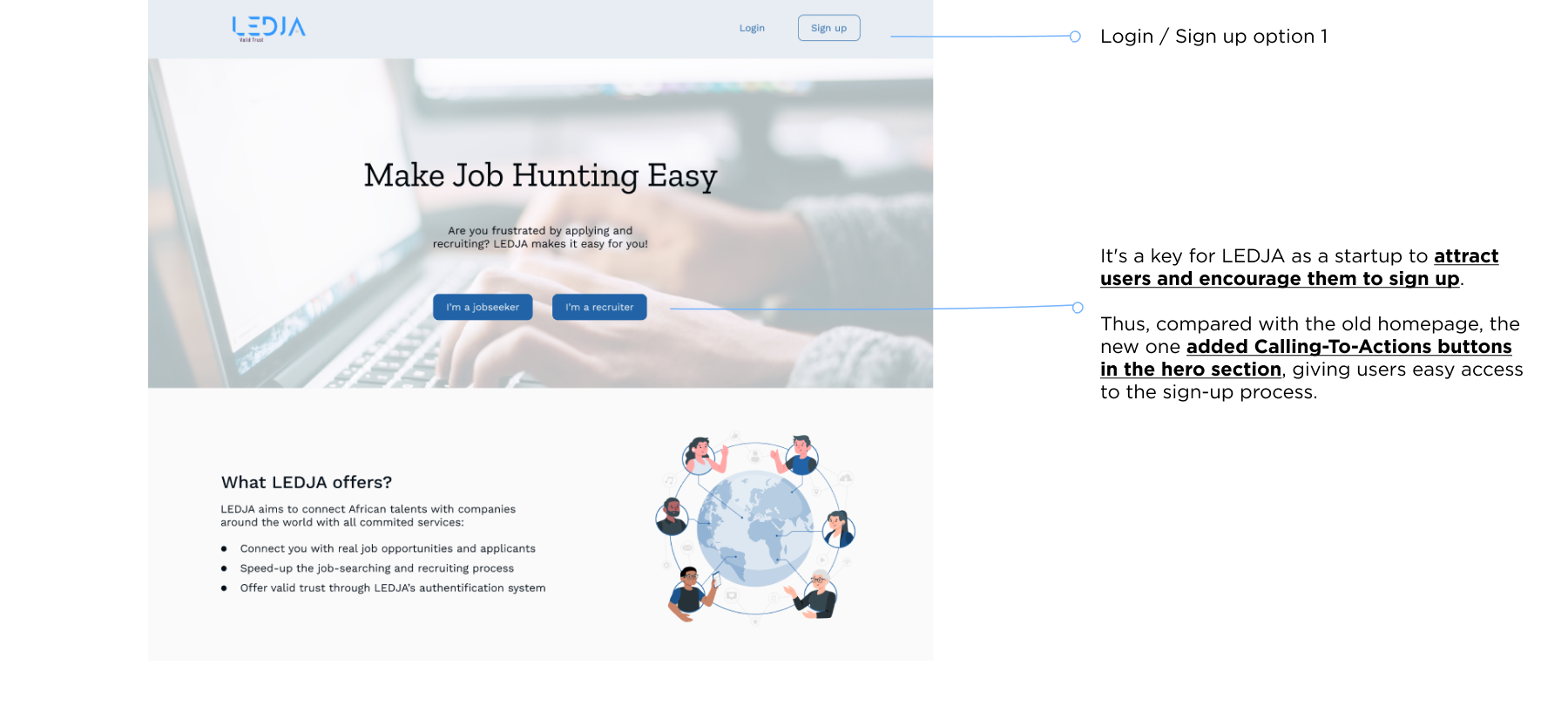
It's a key for LEDJA as a startup to attract users and encourage them to sign up. Thus, compared with the old homepage, the new one added Calling-To-Actions buttons in the hero section, giving users easy access to the sign-up process.
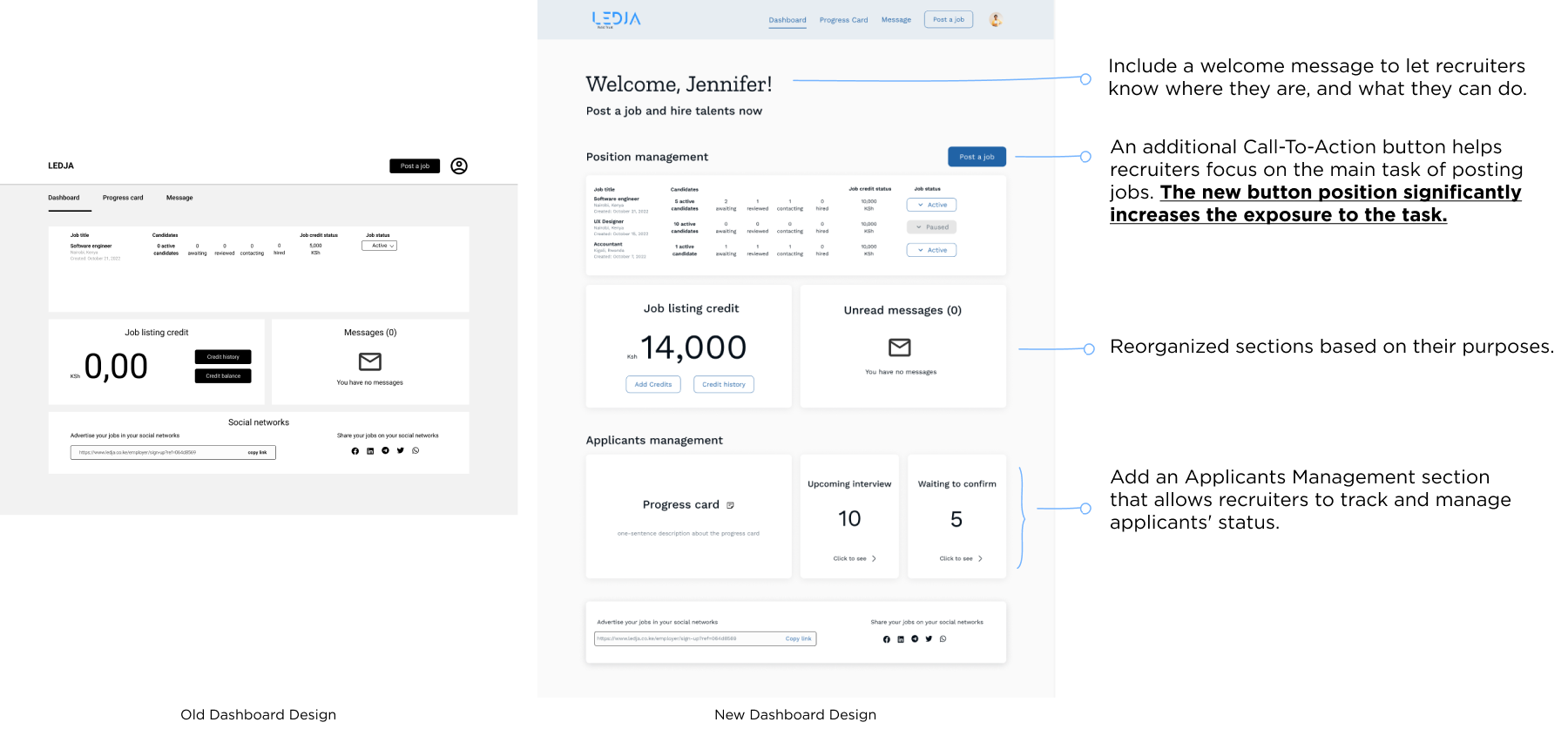
During user testing, many recruiters are confused by the purpose of the old dashboard. Based on their feedback, I make the following changes:

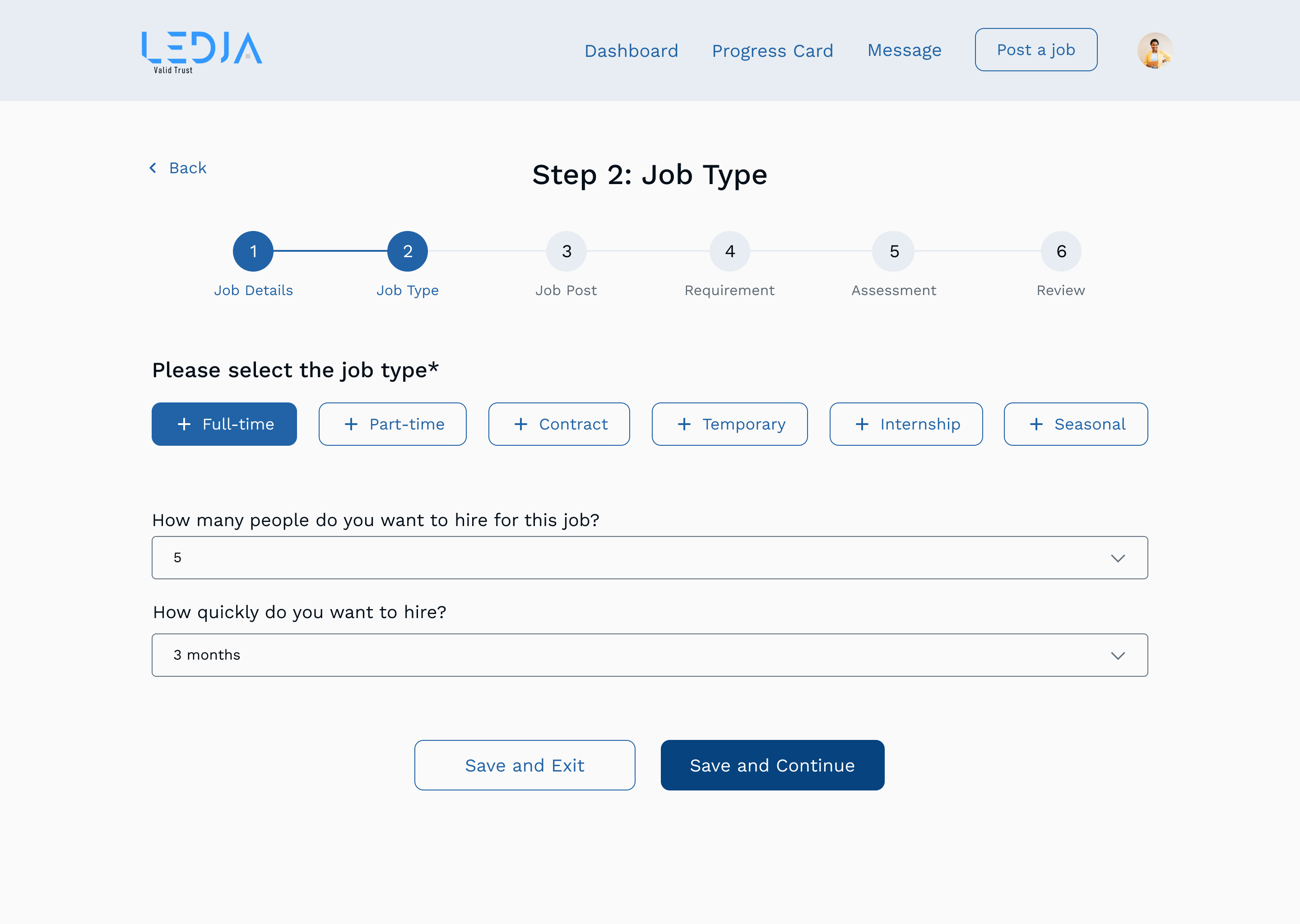

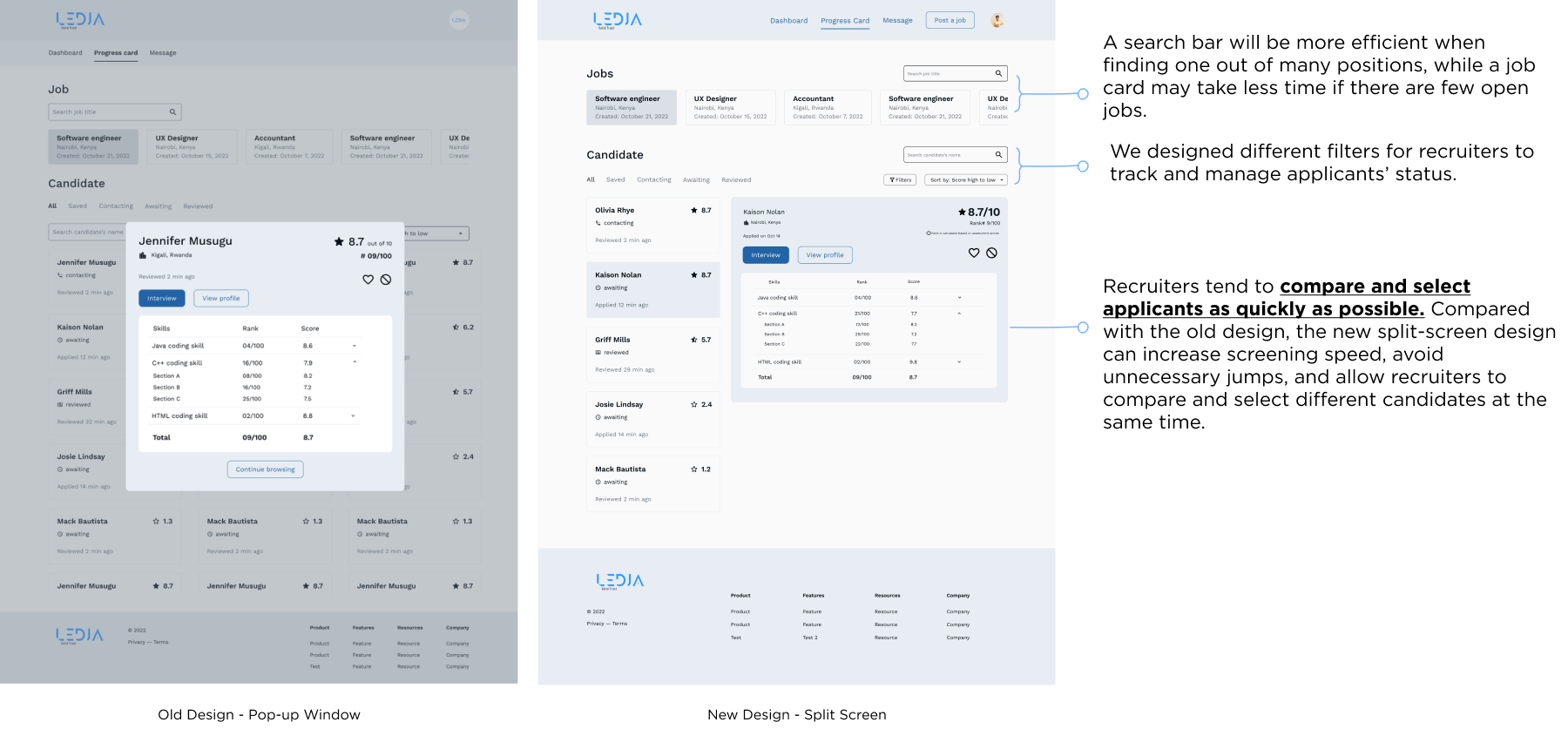
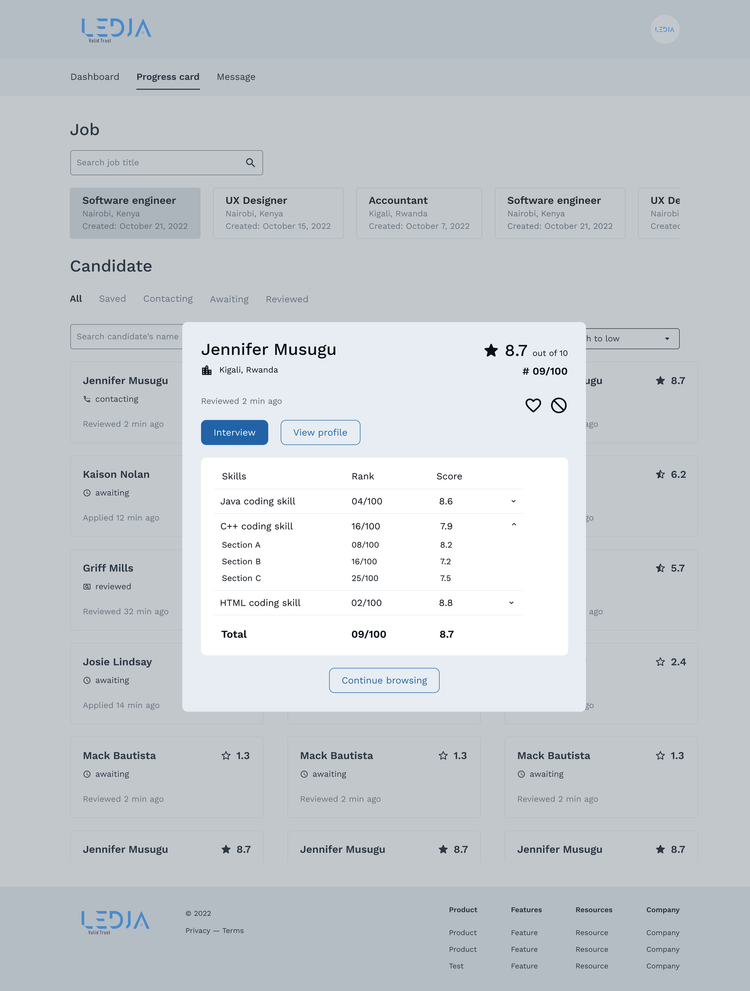
Old Design: Pop-up Window
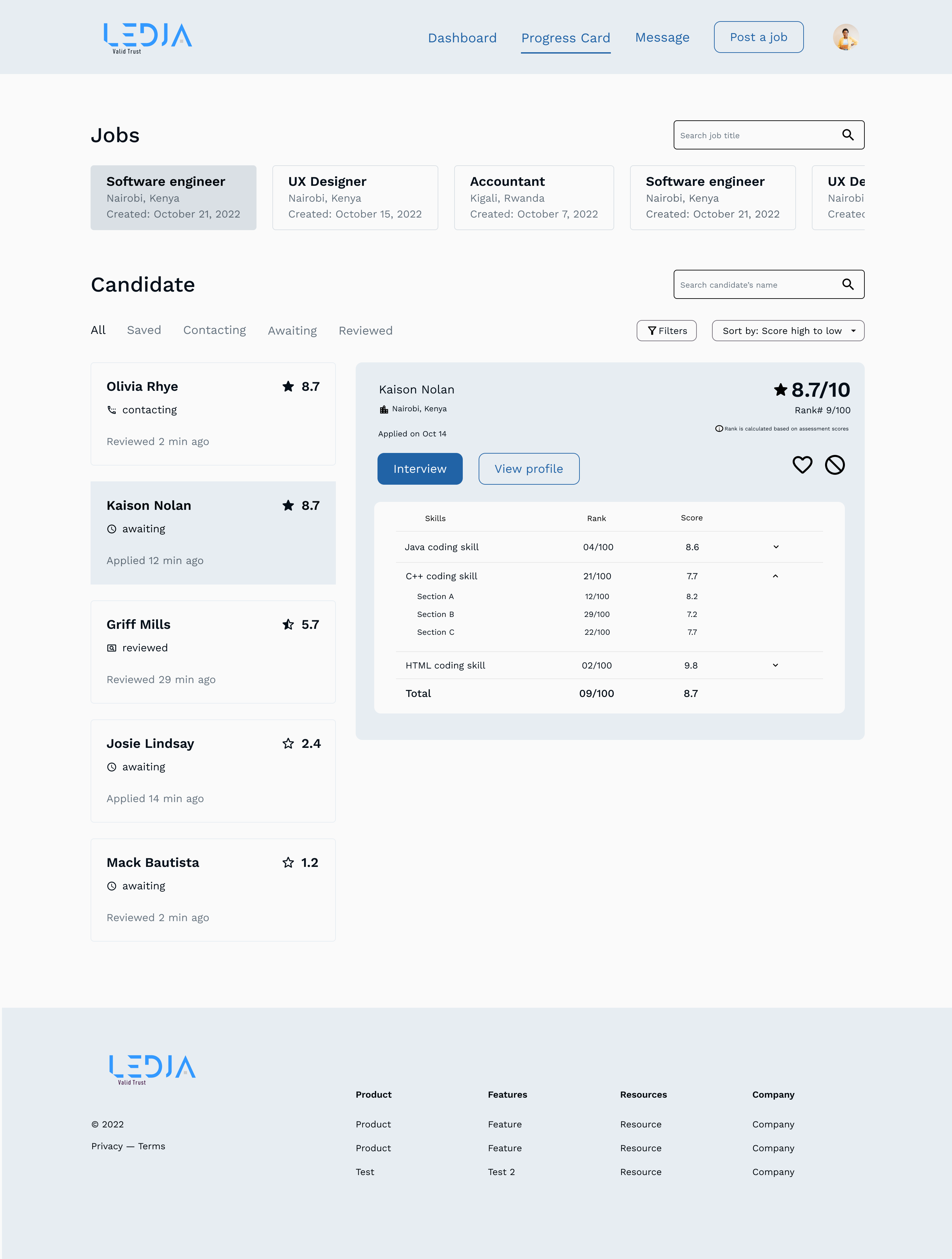
New Design: Spilt Screen

Since we had 6 members and each of whom maintained different aesthetics and design principles, it would be important to create a design guideline to ensure all interfaces are consistent and aligned with LEDJA's brand identity. This reusable guideline could also benefit future designers and developers to land the product properly.
I worked on graphics/illustrations and typography.


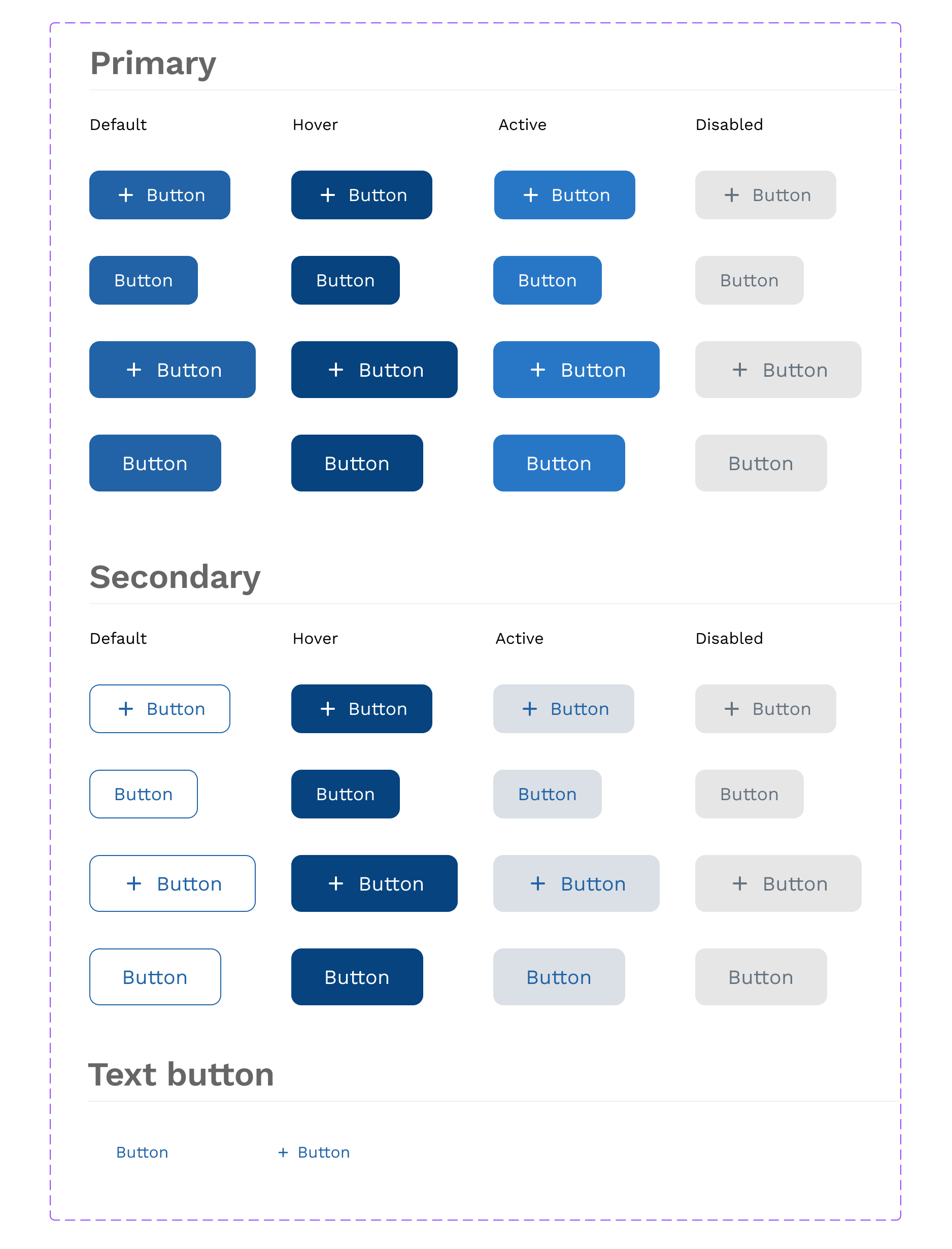
After the iteration, we did the user testing again. We utilized several KPIs to measure the improvement of the design.

In the future, after the project is launched, more indicators will be used to measure the influence.